|
With winter officially upon us in a few days, it's time to take a serious look at your landscape maintenance for the season. Just a few steps taken now can ensure a healthy, beautiful yard come springtime.
Fertilizing your lawn and planted areas Adding fertilizer to your lawn and planted areas in the fall is an excellent way to give a boost to your plants, so you have a healthy, vibrant yard in the spring. Be sure to give your lawn and plants plenty of water after fertilizing so they don't "burn" and so that your fertilizer doesn't blow away. Pruning your trees Fall is a good time to prune your trees. Not only are trees dormant in the colder months, but it is also easier to see a tree’s structure when there are no leaves on the branches. Proper pruning is vital to the health of trees and plants, in part because it helps relieve stress on trees and keeps them growing. Spreading mulch One of the best things you can do to protect your newly planted fall bulbs, shallow root plants, and young trees, is to cover the soil around those items with a generous layer of mulch. As a general rule of thumb, it is best to lay down mulch somewhere between 2-4" deep, avoiding touching trunks of trees or stems of plants so you will avoid any rot or disease issues. Winterizing your irrigation Winterizing your irrigation is not difficult to do, but it must be done properly and before freezing temperatures hit to prevent costly damage. A few simple steps can prevent things like busted irrigation lines, damaged hose bibs, and ruptured pipes. Protecting your water features Similar to winterizing your irrigation, your water features may also need special protection from the colder weather. Generally speaking, it is okay to let your water features run year-round. There are two key considerations, though, to make this work. 1) your pump must have access to free-flowing, clean water at all times and 2) you must keep your pond or water feature free of leaves and other debris that could cause a blockage for your pump. Removing moss on hardscapes When snow and ice accumulate, moss and other unwanted growth can create extra slippery situations. Giving your pavers and other hardscape surfaces a good cleaning is both good for their lifespan, but also for preventing unwanted slips and falls. If you opt to powerwash this growth away, be extra careful to not destroy the material used in between blocks or stones that keep your surface stable. If this sounds like a lot of work, or simply more than you care to do yourself, please give us a call at 541-729-8029 or email us. Our team of maintenance and irrigation experts would be happy to help you care for your yard.
4 Comments
Even with careful maintenance, bare spots can still rear their ugly heads in your lawn. If unfamiliar with what to do, bare spots can quickly spread and become costly lawn repairs.
Before beginning any lawn repairs, you need to first determine the source of your problem. Bare spots in your lawn can be the result of heavy foot traffic, drought (or in other words, a lack of watering), disease, chemical burn, and even weed or insect infestation. Determining the cause for your lawn's bare spots will help you in planning a corrective course of action and help you prevent it from continuing. If heavy foot traffic is the cause for your lawn's bare spots, look for a way to keep traffic off of that area. A nice, long-term solution includes modifying your landscape with the addition of stepping stones, a gravel pathway or a barrier that would reroute traffic and protect that area of your lawn. If a lack of water is the issue, consulting an irrigation specialist could be helpful. After analysis of your irrigation system, a professional can make recommendations for system adjustments so that all areas of your yard are adequately watered. If insects or disease are the cause, determine the specific cause. Consulting with a landscape maintenance professional can help with identification and they can make suggestions for the most effective treatment. Most treatments will need to be applied and allowed to work before you can grow new grass. The treatment product instructions will tell you how long to wait before sowing new seed. The team at Graham Landscape & Design has tremendous experience in remedying a variety of landscape blights, including bare spots, so that you can have a beautiful lawn. If you live in the Eugene-Springfield, Oregon area, give us a call today to get a free evaluation and estimate. 541-729-8029 Keeping a lawn healthy and green can feel like an uphill battle, especially when dealing with weeds. Lawns are also susceptible to disease, making things even more complicated. Here's how to identify three common lawn diseases, their causes, and what you can do to turn things around. Dollar Spot With Dollar Spot, grass tends to die in small, circular spots 4 to 12 inches wide. As the spots grow, they may fuse together creating big, brown blotches in your lawn. Favorable conditions for Dollar Spot include mild to warm weather (60 to 85 degrees), excessive moisture, and under-fertilization. Thatch in your lawn can also encourage this disease. What you can do: 1. Raise the cutting height of your mower to 3 to 4 inches to allow grass leaves to dry between watering. 2. Fertilize your lawn, starting in the spring, at least a few times throughout the year, in regular intervals. 3. Adjust your sprinklers so you're watering deeply but infrequently, ideally in the early morning hours. Rust With Rust, grass blades develop dust-like, orange-colored spores. Areas in your lawn that are affected will have a rusty look. Rust doesn't typically hurt the grass but it can be a nuisance and detract from that lush, green aesthetic you'd probably prefer. Over time, it can lessen the vigor of your grass which can attract other diseases to infect your lawn. Favorable conditions for Rust include mild temperatures (60 to 75 degrees), dry weather conditions. Over-fertilization and heavy thatch can also encourage the spread of Rust. What you can do: 1. Mow your lawn frequently at a moderate height (2 to 3 inches) and rinse off lawn equipment to prevent the spread of the disease. 2. Rake and remove any thatch that becomes more than a half-inch deep. 3. Water early in the day so the grass has a chance to dry before the warmest point of the day. Pythium Blight
With Pythium Blight, grass will develop orange to copper-colored circular spots from 1 to 6 six inches in diameter. These grow quickly, however, and can cause large areas of discoloration and dead turf in your lawn, especially in areas with poor drainage. Favorable conditions for Pythium Blight include warm to hot, humid weather (think of those days when it doesn't even seem to cool down at night) and lush lawns that hold a lot of moisture. What you can do: 1. Watch your lawn for what appear to be darker green areas that might look wet or dewy (this is due to the greasy or oiliness of infected grasses). At first sign, you will want to introduce the use of a fungicide because this disease is a difficult one to control. 2. Make sure you address any drainage issues with your lawn to remove excess water build-up. 3. Rake and remove any thatch that becomes more than a half-inch deep. In the Eugene-Springfield area, Graham Landscape & Design works with homeowners and business owners to maintain healthy lawns and beautiful landscapes. If you suspect you're dealing with lawn disease or could use some help with maintenance to prevent disease, please give us a call at 541-729-8029 to schedule a consult today. With the warmer weather, it can be difficult to tell if your lawn is getting enough water unless it turns brown, and no one wants that happening.
First, you will be glad to know that it's not necessary to water lawns and plants every day. And, in general, more plants are killed through over-watering than under-watering. Second, you will want to take some time to understand the properties of the soil in your yard. You might not have known this, but water penetrates and behaves differently depending on the type of soil that's present. Do you have sandy or loose soil? Or, are you dealing with lots of rocks or clay? Depending on your soil composition, the goal is to set up a watering system that allows for water penetration 6" to 8" below the ground surface. To determine this, you'll need to find out how deep your current watering set up is allowing the water to penetrate into the soil. With a shovel, you'll want to pick an inconspicuous spot where you've been watering. Thirty minutes after the watering cycle is finished, dig a small hole and use your hand to measure how deeply the water has penetrated. Remember the goal is 6" to 8" beneath the surface of the soil. Check a few different locations to see if your watering is even throughout the yard. If there are dry spots, mark where those are so you can plan for them in your new irrigation setup. What's important to note, however, is even if you water regularly it's not likely that the water is being dispersed uniformly. Also if all the surface seems wet, you may find that there are wetter spots and drier spots around your yard where the penetration was more or less. To check whether your watering system is working evenly across your yard, you can place some plastic cups around your yard before you water. A few coins in the bottoms of the cups will help prevent them from blowing over. Once the cups are placed, turn on your sprinkler system. Water will collect in the cups as you water. After watering for about 30 minutes, compare the level of water in each of the cups. You may discover that there is more water in some of the cups than in others. Frequently, areas within close proximity to the sprinkler receive less water than areas several yards away. Use this information to plan out if you need to select different heads for your sprinklers, extend or move lines, etc. When it comes to installing or repairing irrigation lines, it is often best to bring in a professional who has the experience and tools to do the job right. The irrigation team at Graham Landscape & Design can work with you to make sure your lawn is getting the water it needs, where it needs it, so you can enjoy a healthy, beautiful lawn all summer long. Give us a call today at 54-729-8029. Slugs are in every garden and cause more damage than most other invaders. Commercial slug killers are available, but they can be toxic to birds and other wildlife and tend to be less effective after it rains which is when slugs are the most active. So, what can you do? Here are a few tips for how you can tackle the slugs in your garden, naturally.
Copper Small strips of copper can be placed around flowerpots or raised beds as obstructions for slugs to crawl over. Cut 2″ strips of thin copper and wrap around the lower part of flower pots, like a ribbon. Or set the strips in the soil on edge, making a “fence” for the slugs to climb. Check to make sure no vegetation hangs over the copper, which might provide a ‘bridge’ for the slugs. Copper barriers also work well around wood barrels used as planters. Lava Rock Like diatomaceous earth, slugs will avoid the abrasive surface of lava rock. Lava rock can be used as a barrier around plantings but should be left mostly above soil level. Otherwise, dirt or vegetation soon forms a bridge for slugs to cross. Beetles Rove beetles are very good at eating slug eggs and baby slugs. You can encourage these beetles by creating homes for them by turning a plastic box upside down over a pile of straw with a small pile of rocks inside to hide in or a pile of rocks under some overhanging plants. Seaweed If you have access to seaweed, it’s well worth the effort to gather some. Seaweed is a good soil amendment for the garden and a natural repellent for slugs. Mulch with seaweed around the base of plants or perimeter of planter bed. Pile it on 3″ to 4″ thick – when it dries, it will shrink to just an inch or so deep. Seaweed is salty, and slugs avoid salt. Push the seaweed away from plant stems, so it’s not in direct contact. During hot weather, seaweed will dry and become very rough which also deters the slugs. Beer Slugs are attracted to beer. Set a small amount of beer in a wide shallow jar buried in the soil up to its neck. Slugs will crawl in and drown. Take the jar lid and prop it up with a small stick so rain won’t dilute the beer. Leave space for slugs to enter the trap. Watering Schedule Far and away the best course of action against slugs in your garden is a simple adjustment in the watering schedule. Slugs are most active at night and are most efficient in damp conditions. Avoid watering your garden in the evening if you have a slug problem. Water in the morning – the surface soil will be dry by evening. Studies show this can reduce slug damage by 80%. If you suffer from slugs destroying the plants in your yard or garden, we can help. Our skilled maintenance team can work with you on a plan for preserving your plants and managing pests. Give us a call today: 541-729-8029 Weeds. They are the bain of every beautiful lawn and flowerbed. You know what we're talking about. You spend a great deal of time to plan, plant, and cultivate a beautiful yard and then BAM! You spot weeds. Never just one, but little clusters here and there. They're everywhere! So, what are you going to do?
Tips for dealing with weeds in your yard:
While these tips can help manage the weed situation in your yard, know that despite your best efforts, the weeds will keep coming back. Weed control is just that — control, not eliminate. Keeping weeds at bay requires ongoing monitoring and treatment. If that level of commitment or use of time sounds unappealing, consider hiring a landscaper who offers maintenance services. Together, you can discuss the priorities for your yard, how and when you want services, and come to an agreement that works for your budget. If you live in the Eugene-Springfield area, Graham Landscape & Design can help control the weeds in your lawn, and so much more. Please give us a call for a no-obligation quote today. 541-729-8029. Moss in a lawn can make or break a homeowner's dream of the perfect landscape. It is important to understand what causes the growth of moss and what conditions in your yard are contributing to the problem. Once you are armed with this knowledge, you can create a maintenance plan to tackle the problem head-on. Some causes of moss are simple to fix, and others may require more work and professional assistance. Let’s look at some of the most common causes of moss in lawns.
Soil conditions The condition of your lawn's soil is one of the biggest factors in the determining why moss is growing. For instance, acidic soil creates a perfect environment where moss can grow and thrive while your grass dies. In addition to the acidity, it is essential to ensure that your soil is fertile. You can test for these conditions at home and develop a maintenance plan to treat the soil and create an environment that is conducive to grass growth rather than moss. Moisture Too much water? Too little water? Drainage? Knowing how much water your lawn needs is a critical step in the fight against moss. Too little water causes grass to die, and it then leaves open soil for moss to grow in. Too much water and poor drainage both create soggy soil which is a perfect breeding ground for moss. A straightforward way to ensure you are only watering as much as you need is by using a rain gauge. In addition, watch for areas of pooling which can be an indicator of poor drainage — something you will also want to address. Other causes Many other causes lead to the growth of moss in lawns. Some causes include limited sun exposure, too much foot traffic, animal urine, and mowing grass too far down. All of these factors have the potential of killing your lawn and leaving behind conditions that allow moss to develop and grow continually. Every lawn is different and is exposed to different household and environmental stresses. Knowing the conditions that promote moss growth allow you to create a plan to fight it. Contact us as Graham Landscape & Design, and we can work together to decide on the best course of action for your lawn. You can give us a call at 541-729-8029 or contact us here. With years of experience in the landscape industry, we can help you have the lawn that you have always dreamed of. With so many lawn care companies eager to solicit your business, it can be difficult to discern the good from the bad and to identify the right company for your specific needs. Before you hire a company to provide regular lawn care maintenance, there are some important things you will want to consider.
What is their reputation? Reputation can be one of the more difficult items to determine as it is subjective, but it is still important. You'll want to do your research. What do people say about the company on Google, on Facebook, Yelp, Angie's List, etc.? Have they been featured in any local news coverage or publications? Have friends or neighbors used them and did they have good things to say? Are they licensed? In the state of Oregon, all lawn care companies are required to be licensed and registered with the Construction Contractors Board. If a company can't provide you their CCB#, steer clear. Are they insured? In addition to being licensed, it is critical that the company care proper insurance. As a homeowner, you don't want to held liable if one of their workers gets injured or if they cause damage to someone else's property. Ask the company the types of coverage they carry and what the policy limits are. At a minimum, they should have general liability and workers' compensation. What is the company organization? Is the lawn care company a single person operation or do they have a team to service your property? Is the crew consistent visit to visit, or is there high turnover with new people each time? Who will care for your lawn if someone gets sick, injured, or goes on vacation? How is their customer service? During the sales process, how is the communication? Are they easy to talk to? Easy to reach? Responsive to your questions? You'll want to invest in a company with which you can easily communicate. Never is this truer than if an issue arises. You'll want to know you can talk with the company to work things out. How does their equipment/vehicle appear to be maintained? While it might seem superficial, how a company cares for its vehicles and equipment can speak volumes for how they take care of everything else. Choose a company that takes pride in their appearance. Chances are they will be better at maintaining the sharpness of their mower blades, keep other equipment in peak operating condition, etc. This matters because better tools paired with skilled workers yields a better-looking yard. Do they provide a written contract for services? Make sure the lawn care company can provide you a written contract for services that details the services to be performed, the frequency, and the cost of providing those services. Does it include provisions for unsatisfactory service? How long will the contract last and how will it be renewed? All of these are important details for your contract. How do they handle pricing? When it comes to pricing, be sure to get a written quote. Written quotes will enable you to compare companies and to go back to your top selections with additional questions. If a company provides you a guaranteed rate without seeing your lawn first, this can be a red flag. Can they provide the services you need? Before reaching out to lawn care maintenance companies to solicit bids, make sure you know what you want and what you can afford. A good company can help create a maintenance plan that's right for your needs, not just a cookie-cutter solution. Will they be reliable? Even with the best research, reviews might not be enough. Ask to talk with current customers to get a better sense of the company's reliability. A good company will have no problem providing references. If you have more questions and would like to speak with our lawn care maintenance team, please contact us online or give us a call at 541-729-8029. Our fully licensed and insured maintenance team services residential and commercial properties in the Eugene, Springfield area, as well as cities in the Willamette Valley. What is thatch?
Comprised of leaves, stems and roots – some living, some dead – thatch forms as a natural part of your lawn's growing process. It lies on top of the soil, a tightly woven layer beneath the visible grass blades. What does thatch do? As long as it doesn’t get thicker than 1/2 to 3/4 of an inch, thatch contributes to lawn health. Thatch serves to protect the crown of the grass plant, and it helps to prevent soil compaction. However, if let to grow too thick, thatch can, in turn, hurt your lawn. Thick thatch can become so dense that it keeps rain and nutrients from reaching the roots of your lawn. Does your lawn have a thatch issue? Here are 3 ways to find out:
How do you get rid of thatch? There are a few methods for removing thatch from your lawn with the most popular option being dethatching - using a special tool to rip out the thatch up through your grass. Another common approach to dealing with thatch is aerating your lawn - a method in which "air holes" are poked through the grass and thatch to allow water and nutrients to reach the roots and prevent soil compaction. If your lawn has mild thatch, a plug aerator may be effective. The aerator dethatches the lawn in each spot where plugs are removed while avoiding the creation of bare spots that a dethatcher causes. How do you prevent thatch build up? The best method for preventing thatch build up with your lawn is by having a regular maintenance program, including regular aeration. Thatch builds up the most during the heavy growth season, typically spring and summer, and is ready to be removed in the late fall. Also, once you have removed the thatch, it is important to prep your lawn for the spring by reseeding bare areas, applying fertilizer and giving your lawn lots of water. Where to get help If this all seems like too much to take on, Graham Landscape & Design provides regular maintenance services to both residential and commercial properties. Contact us today to discuss the maintenance schedule that would be right for you and your home or business. One of the best times of the year to introduce new plantings to your yard is the fall -- the soil is still warm, creating faster root growth and plants get a head start on next year’s growth. In addition, by next summer, your plants will have larger, more established root systems which will help them to be more drought tolerant and they’ll produce better flowers in their first year.
What to plant? Perennials If your summer annuals are looking tired or overgrown, there are a number of late-season bloomers that can really spruce up your yard. Consider asters, daisy-style plants, yarrow, and salvias. Because the middle of autumn has more mild temperatures, these plants do quite nicely. Something you might not know... the majority of cold hardy perennials thrive with fall plantings because their root systems grow all winter and emerge in the spring, ready to grow and blossom! But, if you have poorly drained soil, you may want to wait until spring to plant your perennials that require good drainage, such as lavender. If you’re into bulbs, it is time to get them in the ground! Daffodils, hyacinths, tulips, alliums, crocus, and many other varieties planted now will make for a great show next spring. If you want some color while you wait, you can plant pansies in your flower beds around where the bulbs will sprout. Vegetables If you enjoy vegetable gardening, September is a great month to start a fresh round of cool-season and overwintering crops. Varieties you can plant now include lettuce, spinach, other greens, broccoli, cauliflower, garlic, and onions. Your Lawn September is also a great month for renovating your summer lawn. Dethatching is typically done this time of year, removing the dead matter underneath the growing grass. Doing this allows us to assess how full your lawn really is and if it needs to be reseeded, overseeded, or replaced with sod. Trees, Shrubs and Fruit While these items can be planted other times of the year, the fall is best when the soil is softer and easier to dig, and the temperatures are also cooler. But, beware of caterpillar damage as that can be high in the autumn. If you’re not sure what to do with your yard or if this all just sounds like too much work, please let us know. The Graham Landscape & Design team of design and installation specialists can create for you a yard to enjoy all season long. |
OUR BLOG
Check here to see what we've been up to! Categories
All
|
|
|
Copyright © Graham Landscape Maintenance & Design LLC in Eugene Oregon. All rights reserved.
LCB # 8920 541-729-8029 34024 Old Willamette Hwy S., Eugene, OR 97405
Offering Landscape Design and Maintenance in Albany, Coburg, Corvallis, Cottage Grove, Eugene, Junction City, Roseburg, Springfield, Veneta and Surrounding Areas
LCB # 8920 541-729-8029 34024 Old Willamette Hwy S., Eugene, OR 97405
Offering Landscape Design and Maintenance in Albany, Coburg, Corvallis, Cottage Grove, Eugene, Junction City, Roseburg, Springfield, Veneta and Surrounding Areas
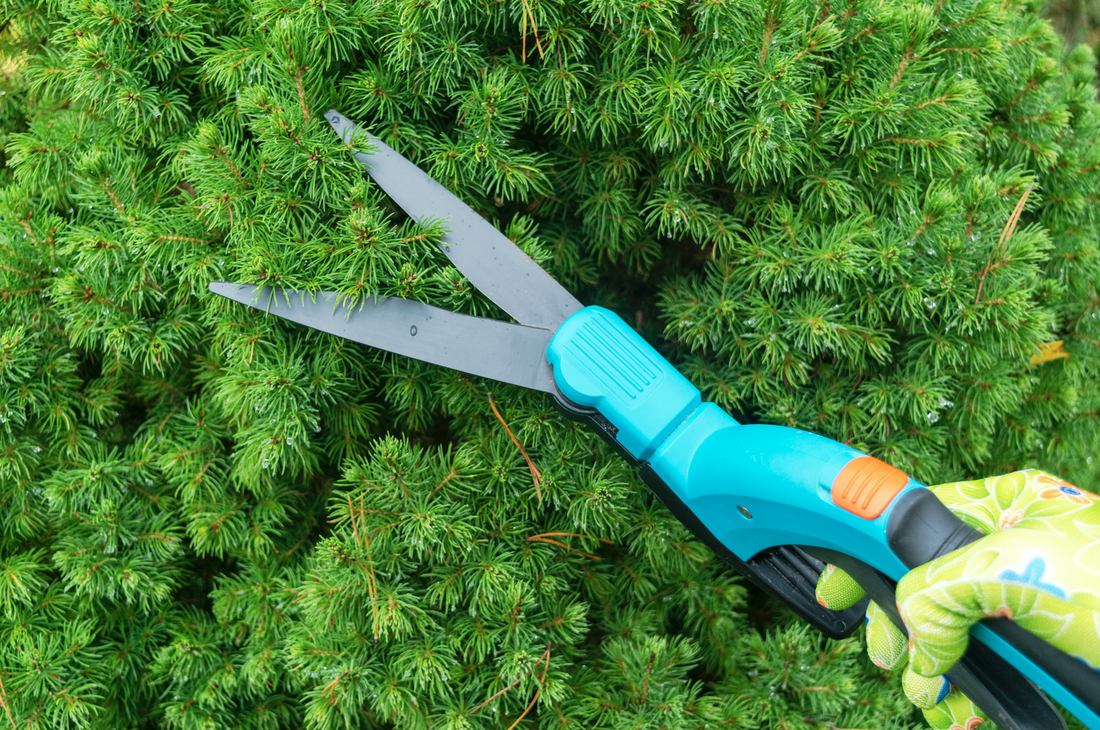
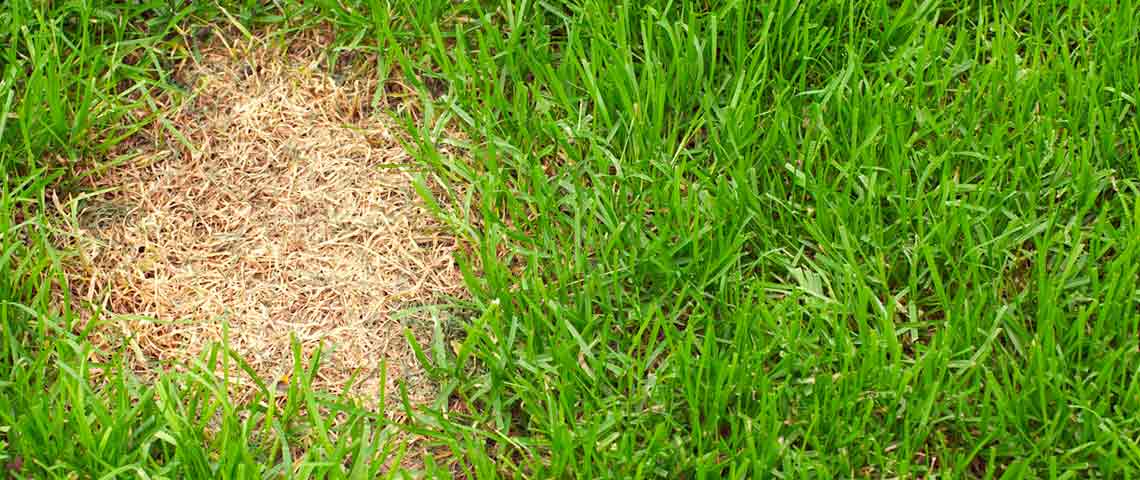
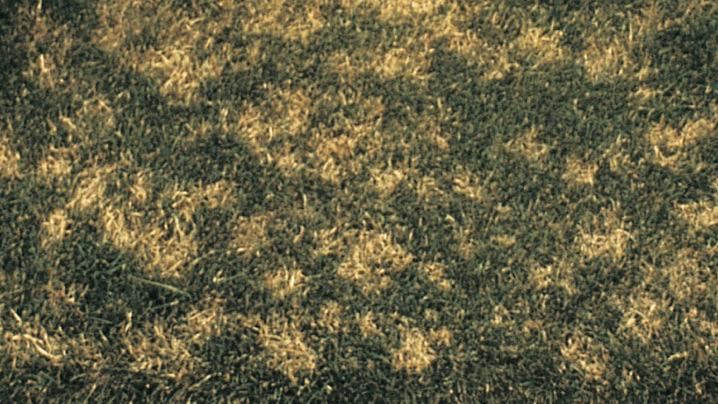
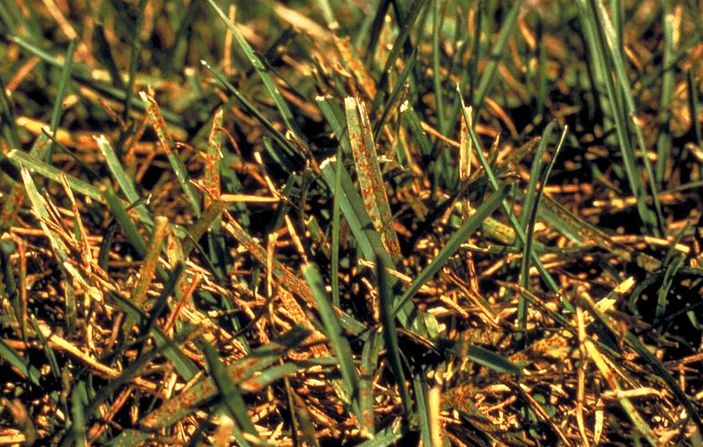
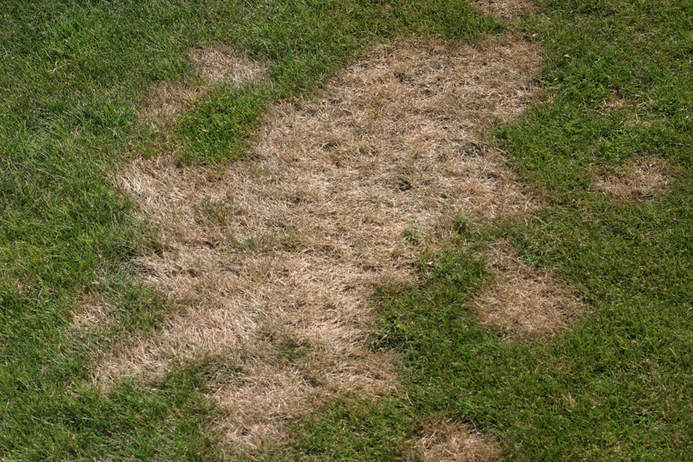
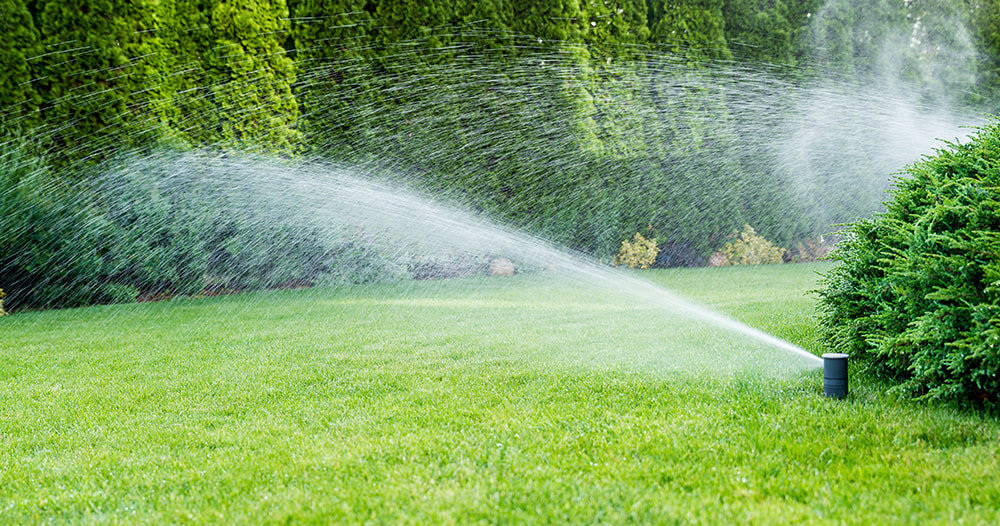
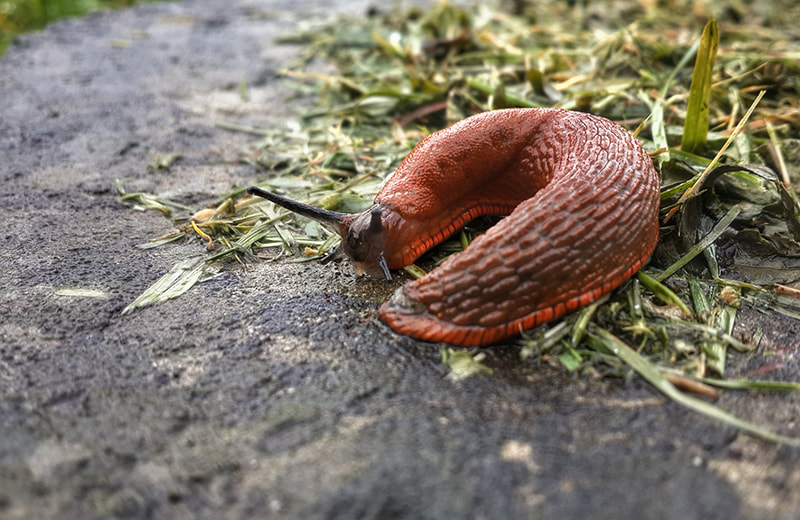
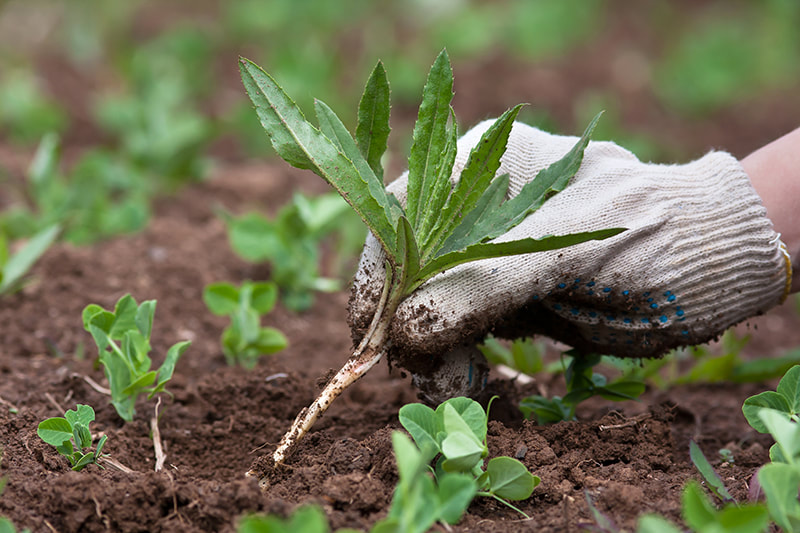
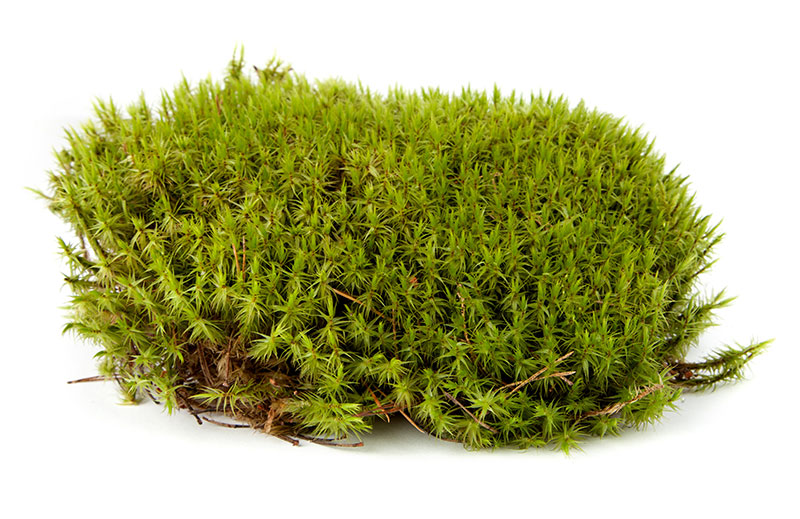
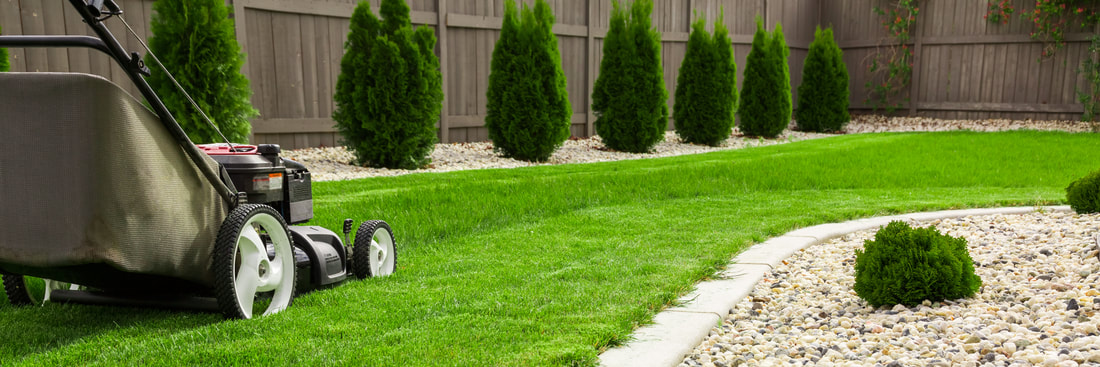
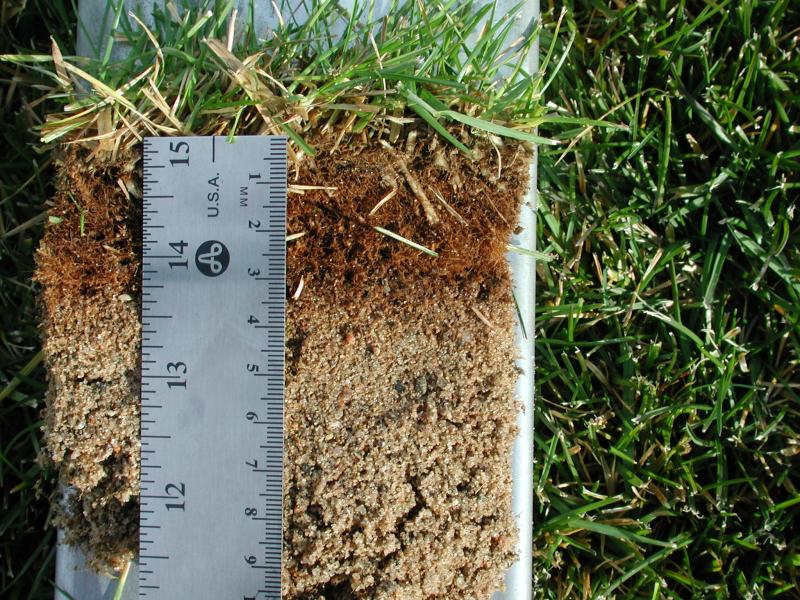
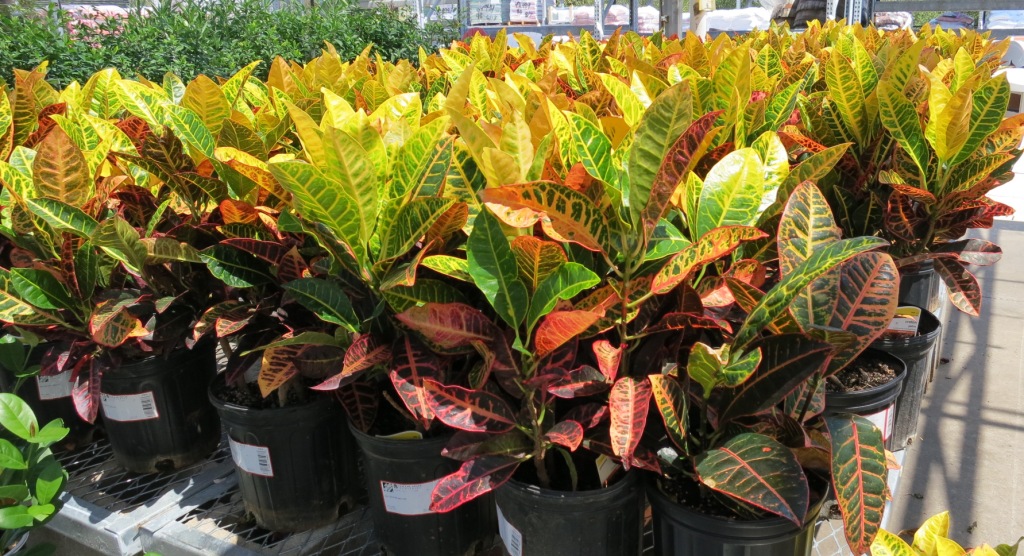
 RSS Feed
RSS Feed
